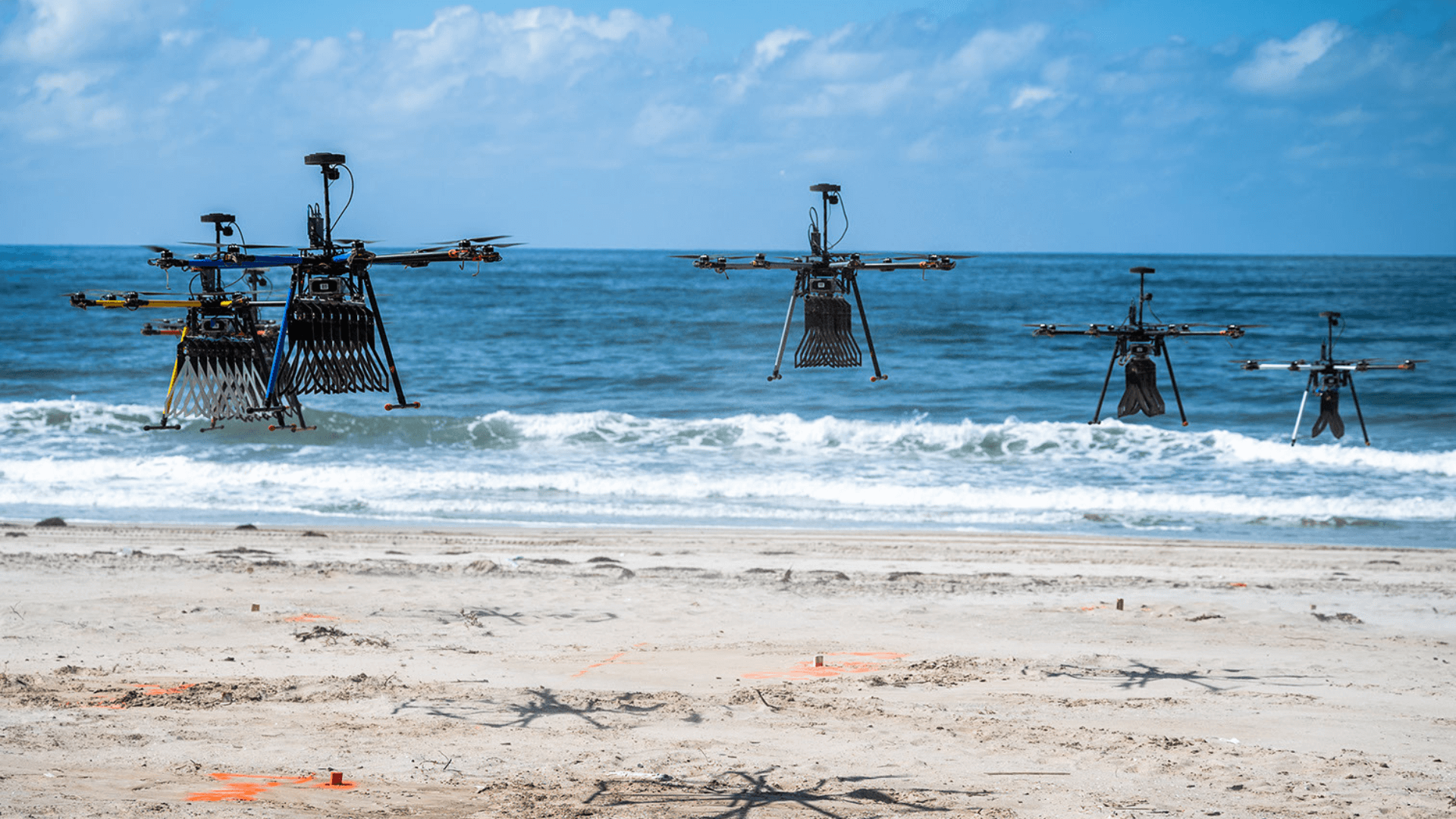Overview
The U.S. Army Engineer Research and Development Center (ERDC) Environmental Laboratory (EL) seeks to establish a framework that utilizes current commercial technologies that can execute missions using multiple uncrewed aerial systems (UAS). Knowledge of specifications and real-world examples of existing commercial technologies is essential to including these technologies in the framework.
This is a Request for Information (RFI) only and any response is not an offer. This RFI does not commit the Government to pay any costs incurred in preparation of a response or guarantee a contract.
Background
Examples of ERDC uses for small UAS are levee, bridge, and other infrastructure inspection for which the current framework rules (e.g. two personnel per UAS and even more personnel needed for deconflicting when multiple UAS) deliberately make unviable any mission other than serial single UAS flights. Many different types of operations would benefit from multiple UAS operated closely together including rapid airfield assessment and the U.S. Army Corps of Engineers (USACE) Blue Roof Mission.
Project Manager
Environmental Laboratory (EL), U.S. Army Engineer Research and Development Center (ERDC)
Project Objective
ERDC seeks to identify current multiple uncrewed aerial systems technologies that will be used to establish a framework for multiple mission sets. A program enabling missions requiring multiple UAS would build on ERDC capabilities for UAS missions as sensor platforms. In addition to enabling deployments utilizing currently available UAS coordination technology, the framework is needed to enable physical (instead of simulated only) research and development for improving coordination of multiple UAS.
Requirements
Interested parties with commercially available products for simultaneously using multiple small UAS as sensor platforms under a single controller must provide technical data sheets for products which validate performance claims and documented examples of products being actually deployed (i.e., multiple UAS simultaneously collecting data under a single controller).
Expected Result
Phase I: ERDC gains an understanding of the availability of, and implications of, commercial technologies for missions with multiple UAS. This understanding will support the framework for using these technologies.
Phase II: Success of Phase I could lead to selected technologies being demonstrated as sensor platforms on ERDC UAS missions.
Funding is not currently available for this project. This RFI is designed to obtain information that may be used to develop a future funding request.
Notional Project Schedule
Proposed project milestones include:
| July 11, 2024 | Submissions Open |
| July 22, 2024 | FAQ Period Ends |
| August 5, 2024 | Submissions Close |
| August 12, 2024 | Review Period, Virtual Pitch Hosted (if needed) |
*If needed; dates may vary to accommodate project team and participant availability.
Project Security Classification
Unclassified
How to Participate
1. Review FAQs
2. Once the solution is ready to submit, complete the submission form
Questions: Please send all technical and administrative questions using this form. FAQs will be updated periodically. It is the responsibility of the offeror to review FAQs prior to submitting.
Submissions must meet stated requirements and be received no later than 5:00 pm CT on Monday, August 5, 2024.
All items submitted in the capability statement shall comply with U.S. Export regulations including, but not limited to, the requirements of the Arms Export Control Act, 22 U.S.C. § § 2751-2794, including the International Traffic in Arms Regulation (ITAR), 22 C.F.R. § 120 et seq.; and the Export Administration Act, 50 U.S.C. app. § 2401-2420.


